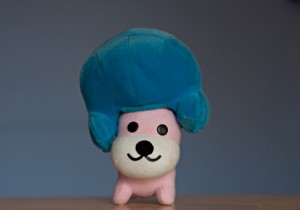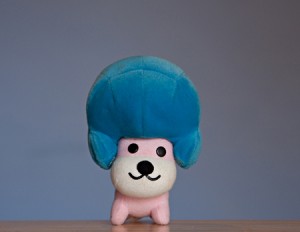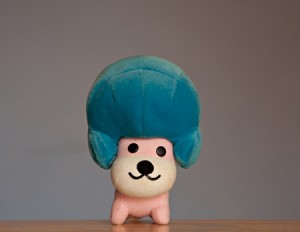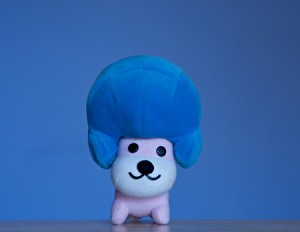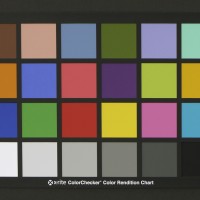
If you’re a new recruit to the digital photography vanguard, white balance might not mean very much more to you than a button on your camera. For veterans of the analogue campaigns, white balance is something much more familiar. However, knowing what white balance is and how it affects your pictures could help to make them a whole lot better. Thus we present to you the Small Aperture guide to white balance, in technicolour.
Light temperature
What we think of as white light isn’t really white. It’s actually the spectrum (red, orange, yellow, green, blue, indigo, and violet) mashed together. Light that comes from different sources – the sun, tungsten bulbs, fluorescent bulbs, candles – is made up of different proportions of the spectrum, and is said to have a different colour temperature (measured in Kelvins). Warmer light temperatures comprise more blue tones whilst cooler light temperatures makes things seem more orangey-yellow. (Yes, it seems counter-intuitive, but it’s about the energy in the light.)
Midday sunlight on a clear day is pretty evenly balanced across the spectrum and has a temperature about 5,000K, but light from tungsten bulbs has more red wavelengths in it, so will give your pictures a yellow or orange cast. Light on a cloudy day, on the other hand, is made up of more blue wavelengths. Unsurprisingly, this can give pictures a bluish tinge.
Auto White Balance
By the awesomeness that is nature, our eyes automatically adjust to these warmer or cooler temperatures of light, so things will always look as they should. Things that are white will look white, not a bit jaundiced or dying of cold.
Now, digital cameras usually have an Auto White Balance (AWB) setting that overall does a pretty good job of compensating for the variations in light temperatures. But unlike our eyes, it doesn’t always get it quite right and pictures can come out a bit blue or yellow. In which case, you’ll find that there are a few options to help you out.
Presets
My camera has six presets – daylight, shade, cloudy, tungsten (incandescent) light, white fluorescent light, and flash – in addition to AWB and a custom setting.
If I’m shooting inside under incandescent lights (3,200K) and my pictures are coming out a bit yellow, I can try switching to the tungsten setting. It’ll balance things out with some blue tones.
Outside on a cloudy day the light will be warmer in temperature (perhaps 8,000K), so might give everything a blue hue. If I apply the cloudy setting: tah-daa! Less blue, better balanced pictures.
If you hadn’t already guessed, blue and amber filters would have done (and indeed still do) the job of these different white balance settings for film cameras.
Custom white balance and RAW
I also mentioned that I’ve a custom white balance setting on my camera. This can be really useful if, for example, you’re photographing something that is predominantly red. Your camera might mistake all those red tones for light that’s cool in temperature and make things a bit too blue. If your picture has two different light sources in it, one warm and one cool, custom white balance can make sure you get the picture that you want, not what your camera thinks that you want.
When you set the custom white balance, you’ll need something that is white to act as a point of reference for your camera, so it knows what ‘white’ should look like.
Of course, if you shoot in RAW, you can always adjust the white balance in post-processing. If nothing else, it’s a fun five minutes to make a sunset glow blue.
In summation
- Light comes in different temperatures: sometimes with more red wavelengths (lower temperature), sometimes more blue (warmer temperature)
- Our eyes adjust to these different versions of ‘white’
- Differences in light temperature can make our pictures look too blue or too yellow
- In the film days, these differences were fixed using filters, now cameras have an auto white balance (AWB)
- Sometimes, AWB doesn’t get it quite right, so you can adjust your camera to the light’s temperature using some preset white balances, or you can customise the white balance
- If you need to, you can correct the white balance of a picture in post-processing
Experiment! Play around with the different settings to see what the effects are. You never know, you might decide that you quite like green sunrises!






